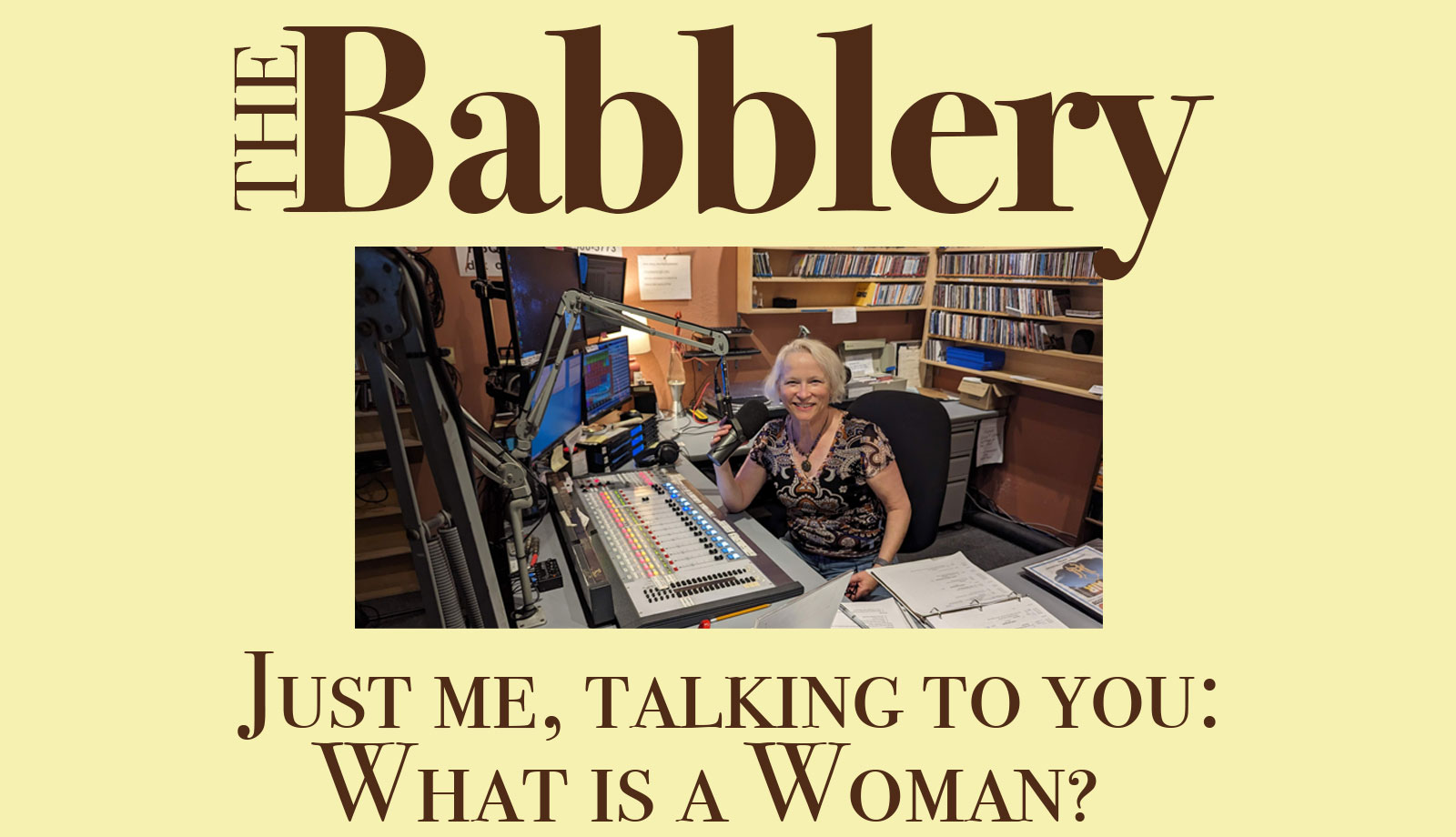
This month’s full episode features an interview with transgender theorist, engineer, and community elder Sandy Stone. Sandy went through childhood, young adulthood, and a successful adult career before she was able to start addressing what sounds like a simple question: what is a woman?
There are people who say that the answer is obvious: XX chromosomes! But of course, it only takes about 30 seconds of reading about the biology of sex to find out that is absolutely untrue. I’ll just drop in this one statistic: intersex people, who are born with a combination of biological sex characteristics, are as common as natural redheads. In other words, you probably know at least a few intersex people, without knowing it. Even sticking with biological sex, the human race is a beautiful mess of rainbow colors.
A lot of Sandy’s struggle revolved around an issue that many women, whether identified female at birth or not, face: what if your version of womanhood doesn’t fit our culture’s narrative? In Sandy’s case, even other trans women couldn’t believe she was a woman because of her appearance and interests. In the years when she passed as male, Sandy did not present as feminine or effeminate; she was a geek girl. If you are a geek girl or know any, you’ll know that women who identify this way have a tendency not to follow any culture’s idea of womanly presentation. Geek girls like math, machines, and computers, and their identity is often characterized by wearing the most comfortable clothing they can step into when they roll out of bed. Their social identity may also overlap with being a goth, a cosplayer, or another subculture that includes stylized dress, but it’s uncommon to see a geek girl following anything considered standard feminine presentation.
I’ve never been a geek, but it occurred to me that I also, like Sandy, didn’t see myself in the women considered paragons of femininity in my youth. I am very definitely not tall, blonde, and shaped like a Barbie doll. And although I enjoy clothing and jewelry, it’s always been clear that my definition of dressing as a woman has never quite been in step with society’s.
Besides my physical appearance, I was also distinguished by my inability to be interested in what the other girls seemed to be interested in. I felt like I never had what I considered a real conversation with my peers until I went off to college.
Until I started in radio, most of my work was in the area of gifted education. I hope to present an upcoming episode on this topic, because it’s a fascinating one, even before taking gender into account. Girls when I was a child, and still today, do best socially when they don’t stick out intellectually. Although brainy girls have more ways to find each other now, when I was a child most of them hid behind girly facades, hoping that if boys didn’t notice their good grades they might get a date for the school dance. Janis Ian’s “At Seventeen” is an enduring anthem for good reason.
Sandy Stone explained, “I have an identity that works for me. And that’s all I can ask of the world. I wish it for everyone.”
Sandy’s experience as a woman who had to work to become the woman she needed to be illuminates the fact that all women are faced with this choice early on: Do we go with what is expected of us? How far do we go to fit in? I know that many parents are trying to raise their girls now so they can just be themselves, but still, our culture clings to ideas of what a woman is, and tries to enforce those ideas in ways both implicit and explicit.
When a few famous women were celebrated for not being ashamed of their big butts, for example, it was heralded as an advance in acceptance of different female body shapes. But what happened? A sudden bump in advertising about butt implants, because what we got was not a more inclusive definition of female beauty, as some had hoped. Big butt or small, outspoken or intense, preppie or punk, model or cosplayer—women are still being judged by characteristics that have nothing to do with our intrinsic worth as human beings.
In the end, I love Sandy’s definition. She said: “My answer to what is a woman? is what the people around me who identify as women are doing.”
Exactly. Thanks for listening.

